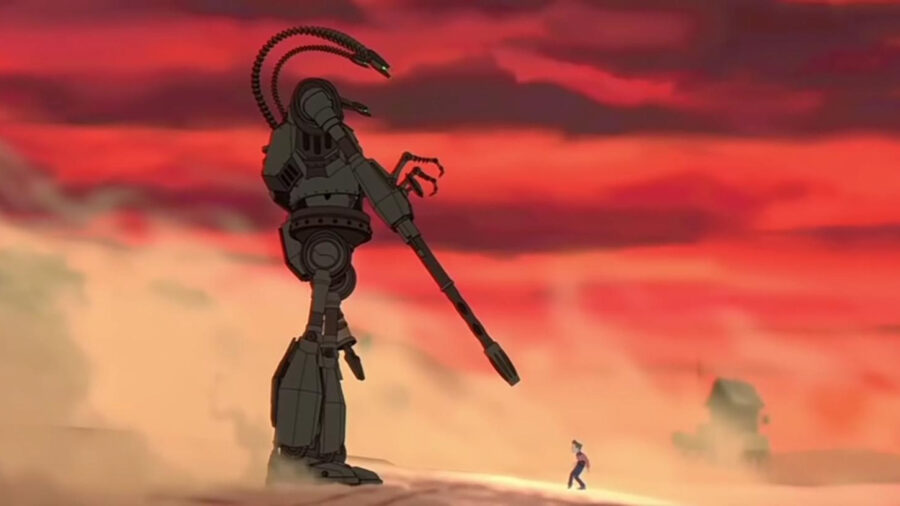The Iron Giant: How A Box Office Failure Became A Classic
The Iron Giant is considered by many critics and audiences to be one of the greatest animated films of the '90s.
This article is more than 2 years old
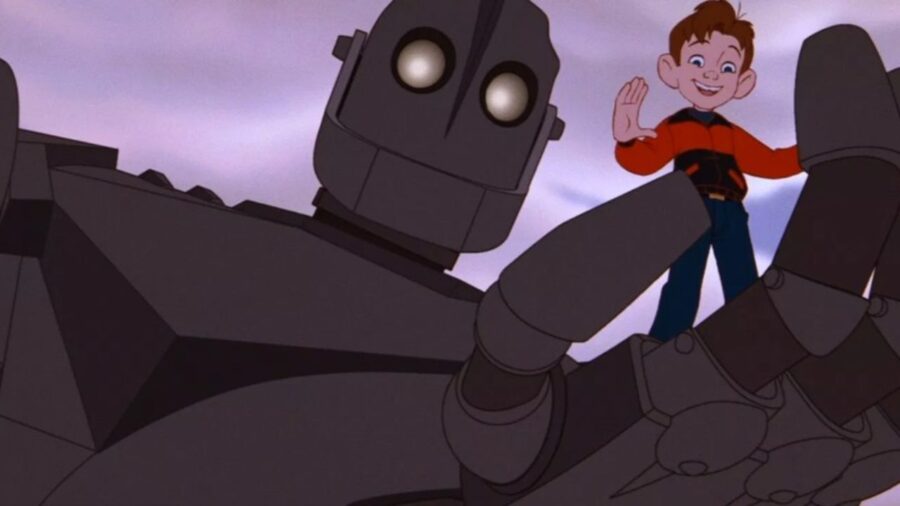
The Iron Giant is considered by many critics and audiences to be one of the greatest animated films of the ’90s. The sci-fi story has become recognized as an incredible achievement in both narrative and animation. But, when the movie hit theaters in 1999, it tanked at the box office and became a financial failure for Warner Bros.
Let’s examine just how The Iron Giant managed to be a huge flop and how it rose from the ashes to a become a beloved classic.
How The Iron Giant Failed
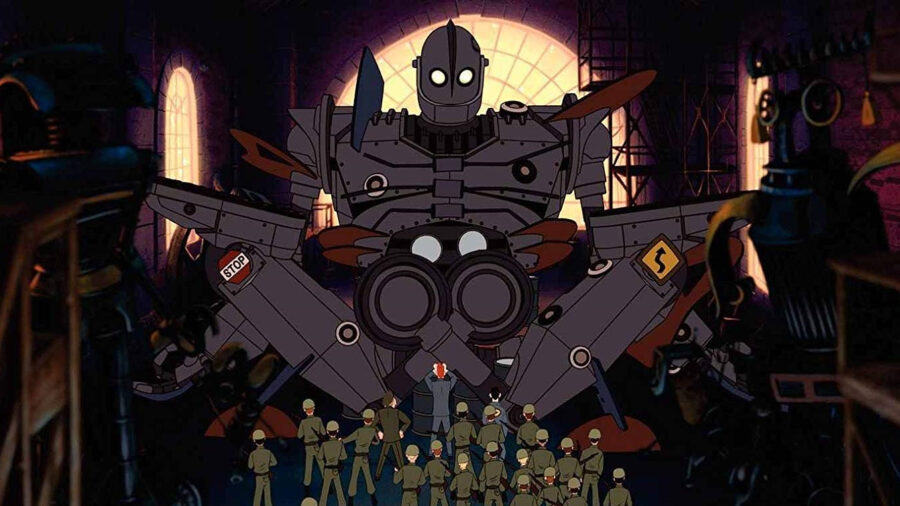
The Iron Giant was positioned to be a big hit for Warner Bros. in the summer of 1999. The studio had spent $50 million to produce the directorial debut of Brad Bird, who would go on to direct The Incredibles, Ratatouille, and Mission: Impossible – Ghost Protocol. This was meant to be a prestige production that would rival the animated feature film king, Walt Disney Studios.
However, things fell apart when it came time to market the movie. Warner Bros. was coming off an animated flop with Quest for Camelot and wasn’t prepared to sink a huge amount of advertising money into another animated endeavor. They held off on giving the production team a release date until April, giving The Iron Giant less than four months to mount a marketing campaign.
Because of this, The Iron Giant only had a single teaser poster made and certain tie-ins like a Burger King toy deal and breakfast cereal never materialized. The movie had such a limited marketing presence that audiences simply weren’t aware that it was a movie that was coming out. This looked doubly embarrassing for Warner Bros. after test screenings came back with incredibly high marks.
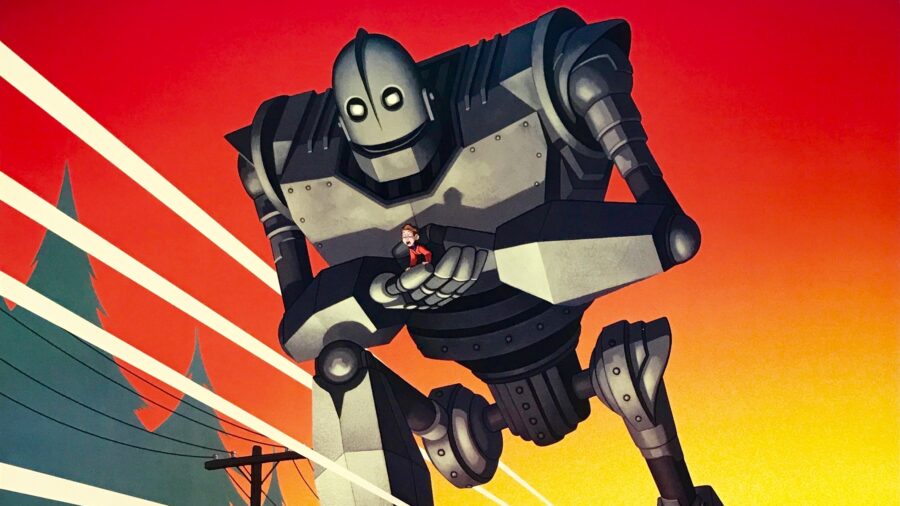
The failure of The Iron Giant at the box office is solely due to the mismanagement of its marketing. It’s considered one of the worst marketing snafus in mainstream movie history. Because they skimped and stalled on the marketing, the film opened at #9 in the box office. It didn’t even recoup half of its budget at the domestic box office, and international markets brought its final total to just under $32 million.
But, Warner Bros. learned their lesson and wasn’t going to make the same mistake twice.
Why the Sci-Fi Adventure Became a Classic
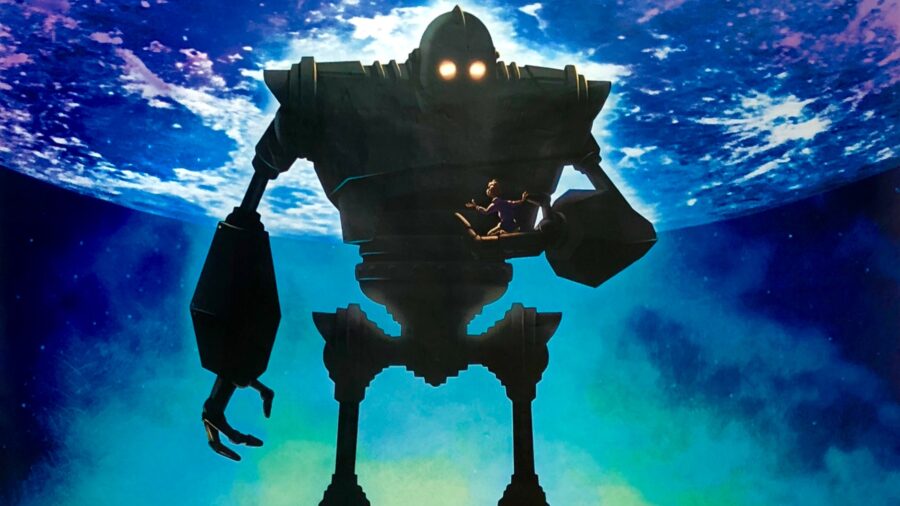
When The Iron Giant was headed for home video, Warner Bros. decided to pull out all the stops and do everything they should’ve done with the theatrical marketing campaign. This helped raise awareness of the film in all markets, but it isn’t what cemented the film as a classic.
Even upon its release, critics overwhelmingly praised The Iron Giant. Roger Ebert likened it to the works of Japanese master Hayao Miyazaki and he’s not exaggerating. The story takes a familiar “boy and his dog” structure and turns it into a science fiction tale about choice, societal paranoia, death, and war. It deals with deep and difficult subject material, but it never tamps these themes down to a level where its intended audience (children) is being patronized.
Even with these adult themes, The Iron Giant also relishes in being fun, goofy, and heartfelt. The lead performances by Eli Marienthal and Vin Diesel as Hogarth Hughes and the Giant are instantly endearing. In fact, the whole cast manages to find a perfect balance between cartoonish and sincere.
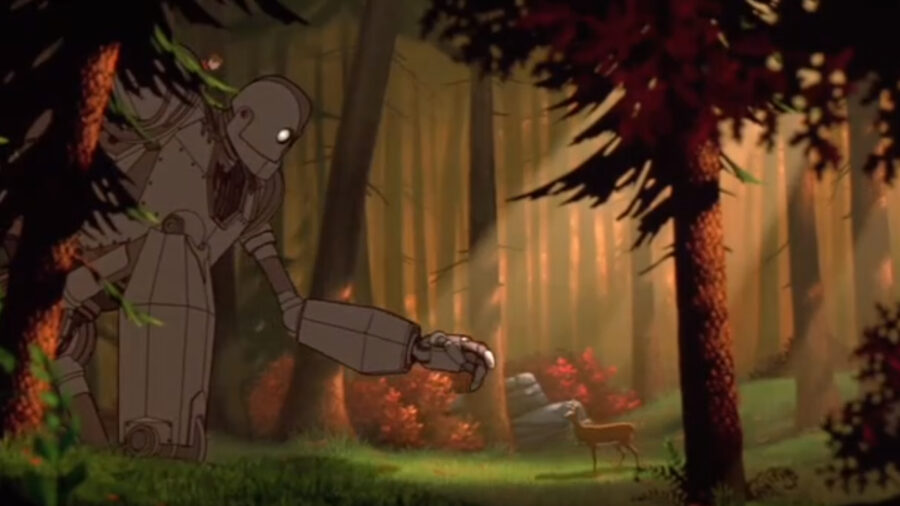
And as a pure piece of animation, The Iron Giant is a jaw-dropping experience. Bird understands the impact proper scale and scope can have with the animated image, and he never misses a chance to reassert just how massive the Giant is. Maybe the animation element that doesn’t get enough love in the movie is the background work. There is a scene in the forest where a deer is killed and the warm autumn colors underscore the heartbreak of the scene.
But, the element that made The Iron Giant a classic is its heart. The story about how a robot designed to be a weapon chooses to be a deterrent to death is extremely powerful. The Giant doesn’t want to be, as he says, a gun. And his final sacrifice is one of the most tear-jerking moments in any film, animated or otherwise.
If The Iron Giant had managed to have a conventional marketing campaign, it’s likely it would have been a legitimate hit at the box office. Instead, it had to wait until its time on home video to find an audience. And as the years have gone on, more and more viewers have come to recognize it as a phenomenal film. Even Warner Bros. committed to a brand new cut of the film in 2016 on a special edition Blu-ray.
The Iron Giant made a profound impression on the young viewers that got to see it over twenty years ago. Thanks to that impression, it became championed as a mishandled masterpiece. Thankfully, Warner Bros. saw the error of their ways and have supported the film over the years. It’s this support from the studio and from fans that helped keep the movie in the pop culture conversation. If not for that, it would have fallen by the wayside. And now, it’s looked upon as one of the essential pieces of American animation.
